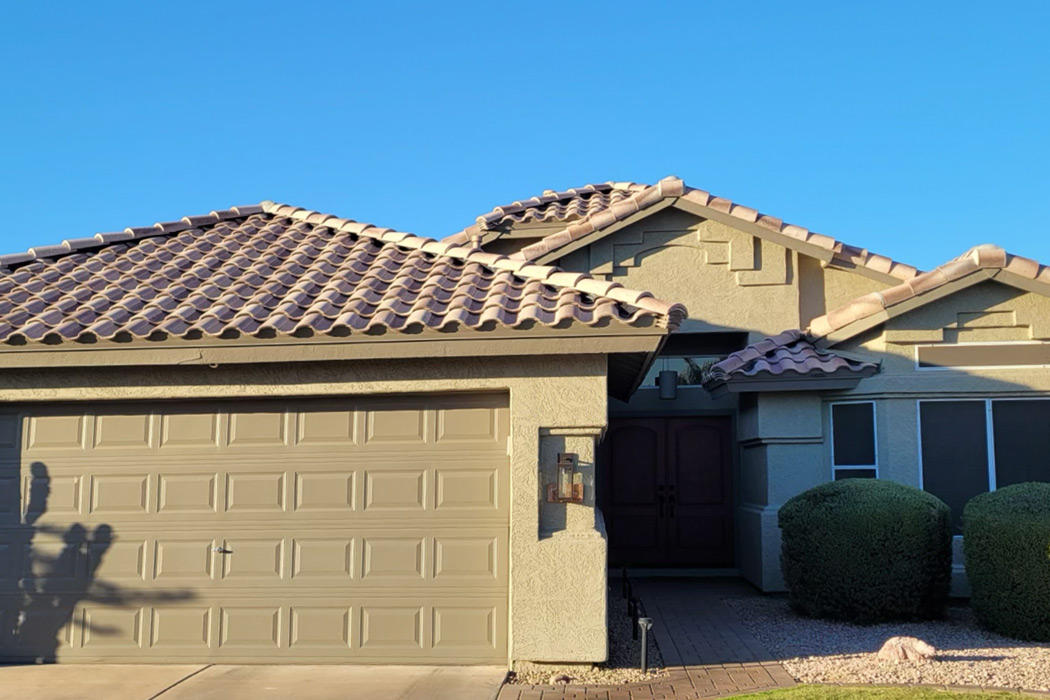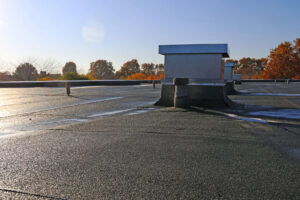When it comes to roofing, most homeowners think primarily about materials, aesthetics, and durability. However, one critical aspect that often gets overlooked is proper ventilation. At Kore Roofing, we understand that effective ventilation is essential for maintaining the integrity of your roof and the comfort of your home. Let’s dive into why ventilation matters and how to ensure your roof is adequately ventilated.
Why Ventilation Matters
- Temperature Regulation Proper ventilation helps to regulate the temperature in your attic and throughout your home. Without adequate airflow, heat can build up, especially during the summer months, leading to higher energy costs as your air conditioning works overtime to cool your home. Conversely, in winter, poor ventilation can cause heat to escape, leading to ice dam formation and potential roof damage.
- Moisture Control Excess moisture in your attic can lead to a host of problems, including mold growth, wood rot, and structural damage. Proper ventilation allows for the escape of humid air, preventing condensation and keeping your roof and home dry and healthy.
- Extended Roof Life A well-ventilated roof is more resilient to the elements. It can help prevent damage from overheating and moisture accumulation, thereby extending the life of your roofing materials and saving you money on premature repairs or replacements.
Types of Roofing Ventilation
Understanding the different types of roofing ventilation can help you make informed decisions for your home:
1. Ridge Vents
Located at the peak of the roof, ridge vents allow hot air to escape while drawing in cooler air from the eaves. They provide a continuous flow of air, making them one of the most effective ventilation options.
2. Soffit Vents
These vents are installed in the eaves of your roof and allow fresh air to enter the attic. When combined with ridge vents, they create an efficient airflow system that helps maintain a balanced environment.
3. Gable Vents
Typically found on the sides of your home, gable vents promote airflow through the attic. They work well in conjunction with other ventilation methods, but should not be the sole source of ventilation.
4. Static Vents
These vents can be installed on the roof and are designed to let hot air escape without the need for power. They work well in areas with limited airflow but may be less effective than powered options.
5. Powered Vents
Utilizing electricity, powered vents can actively remove hot air from the attic. While they can be effective, it’s essential to ensure they are properly controlled and not overworked, as this can lead to increased energy costs.
Best Practices for Ensuring Proper Ventilation
- Assess Your Current Ventilation Before making any changes, evaluate your existing ventilation system. Look for signs of moisture damage, excessive heat, or mold growth.
- Calculate the Ventilation Needs A general rule of thumb is to have one square foot of vent space for every 150 square feet of attic space. However, this can vary based on your home’s specific design and climate.
- Consider the Climate Different regions have different ventilation needs. In humid areas, it’s crucial to prioritize moisture control, while hotter climates may require more cooling-focused ventilation.
- Consult Professionals If you’re unsure about your ventilation needs, it’s best to consult with roofing professionals like those at Kore Roofing. We can help assess your system and recommend the best solutions tailored to your home.
Conclusion
Proper ventilation is a key component of a healthy and durable roofing system. At Kore Roofing, we believe that educating homeowners about their roofing needs is just as important as providing quality services. By ensuring your roof is adequately ventilated, you can protect your investment, enhance your home’s comfort, and prolong the life of your roof. If you have questions about ventilation or need a professional assessment, don’t hesitate to reach out to us!
Stay safe, stay dry, and remember: a well-ventilated roof is a happy roof!



